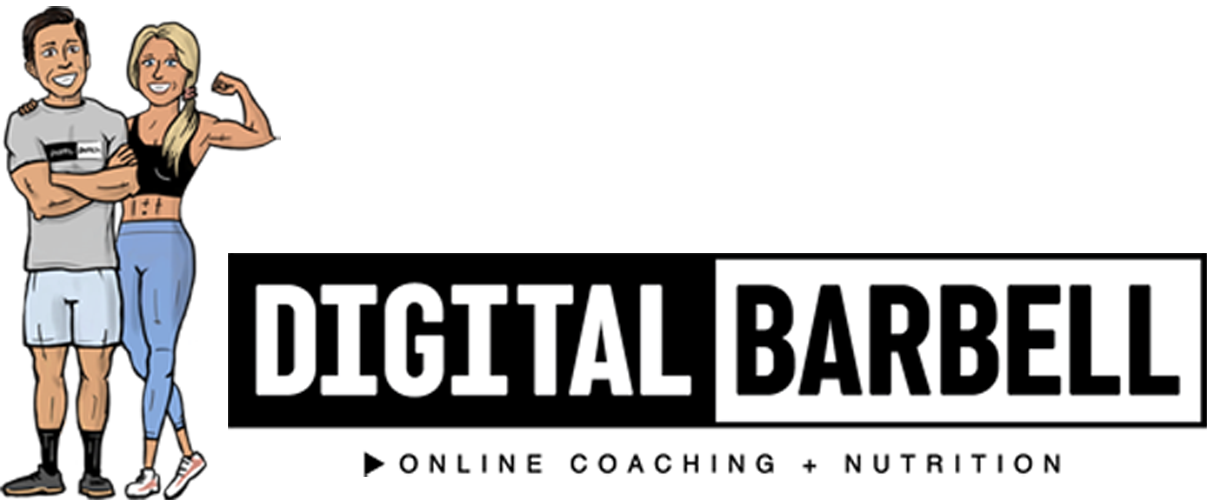10 Ways To Save Money on Fitness in 2025 (Without Sacrificing Results)
It’s 2025, and the price of everything is out of control. If you feel like staying fit is getting too expensive, you’re not alone. But here’s the good news: you don’t need a massive budget to get in great shape. Today, we’re sharing 10 ways to save money on fitness without sacrificing results.
But first, who the heck are we? We’re Jonathan & Blakley Fletcher.
For over a decade, we’ve been helping hard-working people get strong, fit, and look like they work out without getting bored, hurt, or wondering what to do. Our clients are all over the world, and we coach them all online. Check out our Podcast on Apple, Spotify, or YouTube.
Since our coaching business is online, we live, work, and travel full-time in our Airstream.
OK, on to the topic and hand! Saving you $$$!
1. Skip the Supplements (Most of Them, Anyway)
The supplement industry is a multi-billion-dollar machine, but most of it is hype. You don’t need fancy powders and pills to make progress. Here are some of the biggest money-wasters:
BCAAs – Completely unnecessary if you eat enough protein.
Collagen – Won’t magically fix your joints or skin, and is not a good source of muscle-building protein.
Vitamins – If you’re not deficient, you’re just creating expensive urine. Plus, random vitamins are not without risk of contamination.
Greens powders – A poor replacement for real veggies, and insanely expensive!
If you are going to spend money on supplements, stick to the basics:
Creatine – One of the few supplements proven to enhance performance. Here’s the one we buy: BULK SUPPLEMENTS CREATINE
Protein powder – A convenient way to hit your protein goal affordably.
Want us to set your protein goal for you? Click the button below and we’ll take care of it for you.
2. Buy Protein Powder, Not Pre-Made Protein Drinks
Pre-made protein shakes and smoothies are one of the most overpriced fitness expenses:
Single-serve protein drinks: $3–$6
Smoothie with added protein: $7+ (often loaded with unnecessary calories)
Protein powder: $1–$2 per serving or less if you buy in bulk
Switching to protein powder can save you hundreds of dollars per year while keeping your nutrition on point.
Switch and Save
3. Cook at Home Instead of Relying on Pre-Made Meals & Restaurants
Even meal prep services that promise convenience now cost $13–$15 per meal. And good luck going out to eat for less than $20 per person.
Here’s how to eat healthy on a budget:
Buy protein in bulk – Cheaper per pound
A dozen eggs for $6 – That’s just $2 for 24g of protein (4 eggs)
Oatmeal, rice, and beans – Nutritious, healthy, filling, and dirt cheap
Frozen fruits & veggies – Eliminates waste and saves money, and yes… They are just as nutritious.
Skip organic – There’s little evidence it’s healthier
Need help building your healthy and affordable grocery list? We have you covered with our FREE Grocery & Meal Prep Guide. Click below to grab it today.
4. Trade Boutique Gyms for Local or Basic Gyms
Big-name gyms charge premium prices, but you don’t need a luxury membership to get results.
Boutique gyms (Equinox, F45, CrossFit): $200–$400 per month, and most don’t even include a personalized plan.
Basic gym membership: $10–$50 per month, and all the weights still work the same!
Use your office gym if you have one—it’s often free.
Weights Work The Same Regardless of Price
5. Build a Home Gym (Long-Term Savings!)
A $2,000–$3,000 investment in a home gym can pay off big-time in the long run:
Dumbbells
Barbell & weights
Rack & bench
Resistance bands
A sturdy box for step-ups and jumps
We covered everything you need to know about building out a home gym on our podcast. Click below to watch.
6. Cancel Unused Subscriptions
Do a quick audit of your expenses. Are you paying for:
Gym memberships you don’t use?
Premium Pandora, Spotify, or fitness apps you rarely touch?
Random subscriptions?
Cutting out just one or two of these can save you $10–$50 a month.
7. Skip "Healthy" Snacks & Drinks
The health food industry is filled with overpriced junk:
Pre-packaged bars: $3 each
Fancy kombucha drinks: $5+ per bottle
Organic chips and snacks: Prices have risen by 46% in 2025!
Instead, eat bigger meals made from whole foods to stay full and reduce the need for snacks.
8. Take Advantage of Free Workouts
Not every workout has to happen inside a gym. Some free options:
Local community fitness events
Hiking, biking, running, swimming
A friend’s guest pass at their gym, or use their home gym!
Download one of our free workout programs like our famous “Arms, Abs, & You know the rest” program HERE.
9. Look for Discounts & Incentives
You might be leaving money on the table:
Many gyms offer seasonal promotions for joining.
Paid-in-full memberships can save hundreds over the year.
Some health insurance companies reimburse fitness expenses.
10. Invest in a Coach Instead of Wasting Money on Random Programs
Trying to piece together random workouts or hopping from one cheap plan to another costs more in the long run. A qualified coach helps you:
Get a personalized plan so you stop spinning your wheels.
Avoid wasting money on things that don’t work or programs you quit.
Stay consistent and actually get results.







